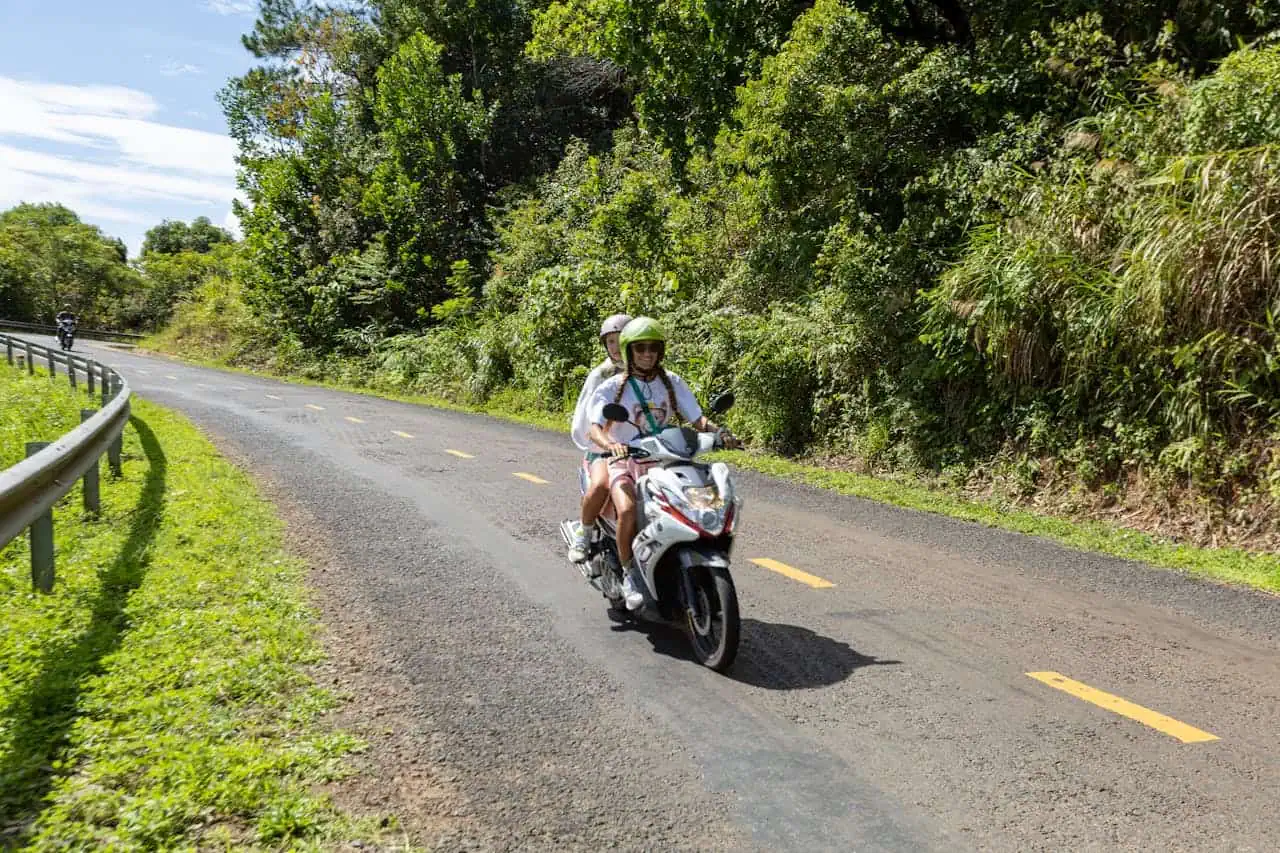Traveling is one of life’s greatest joys, offering new perspectives, unforgettable experiences, and a chance to recharge. However, for many Americans, the cost of travel can be daunting. But the good news? With strategic financial planning and mindful spending, achieving your dream getaway is entirely possible. In this guide, we’ll explore practical, actionable ways to save for travel while making the journey to your destination just as rewarding as the trip itself.
Also read: Live Plane Spotting at Maracaibo Airport: A Real-Time Look at Venezuelan Aviation
1. Set Clear Travel Goals
Saving for travel starts with clarity. By defining your travel dreams, you’re setting a solid foundation for successful financial planning.
Decide on Your Destination
Your choice of destination greatly impacts how much you need to save. A road trip across national parks in the U.S. may cost significantly less than an international trip to Europe or Asia. Research thoroughly:
- Use travel comparison tools like Google Flights, Skyscanner, or Hopper to estimate airfare.
- Check the cost of living at your destination on platforms like Numbeo to anticipate daily expenses.
Create a Rough Budget
Once you know your destination, break down your anticipated costs:
- Accommodation: Compare hotels, Airbnb rentals, and hostels. For long stays, consider vacation rentals.
- Food: Estimate dining expenses using restaurant review apps or look for areas with affordable local cuisines.
- Activities: Many popular attractions have entrance fees; plan for these in advance.
Don’t forget hidden expenses such as travel insurance, visa applications, airport transfers, and foreign transaction fees.
Set a Timeline
Having a clear departure date gives you a deadline to meet your financial goals. If your trip is 12 months away, divide your estimated costs by the months remaining. This strategy ensures realistic monthly savings targets.
2. Evaluate Your Finances
Before diving into saving, it’s essential to understand your current financial situation.
Track Your Current Spending
Analyze your spending habits to identify areas for improvement:
- Budgeting apps like Mint and YNAB (You Need a Budget) categorize expenses and highlight where you’re overspending.
- Review your bank and credit card statements for discretionary purchases like dining out, subscriptions, or impulse buys.
Calculate Your Travel Fund Goal
Take your estimated trip budget and subtract any funds you already have saved. Divide the remaining amount by your timeline to determine how much you need to set aside each month.
Example: If your trip costs $5,000 and you have 10 months to save, aim to save $500 per month.
3. Smart Ways to Save Money Daily
Small changes to your daily habits can lead to big savings.
Reduce Non-Essential Spending
- Cook meals at home instead of dining out.
- Cancel unused subscriptions or switch to cheaper alternatives (e.g., streaming services).
- Embrace “no-spend challenges” where you limit non-essential purchases for a set period.
Increase Income Streams
Supplement your income with side hustles:
- Freelance work, such as writing or graphic design, through platforms like Upwork or Fiverr.
- Sell unused items on eBay, Poshmark, or Facebook Marketplace.
- Participate in gig economy opportunities like Uber, Instacart, or dog-walking apps.
Use Cash-Back and Rewards Programs
Maximize every dollar spent with rewards programs:
- Apply for travel credit cards like Chase Sapphire Preferred or American Express Platinum, which offer points for flights, hotels, and dining.
- Use cash-back websites like Rakuten or browser extensions like Honey for online shopping savings.
4. Open a Dedicated Travel Savings Account
Keeping your travel funds separate prevents you from dipping into them for other expenses.
Choose a High-Yield Savings Account
Banks like Ally, Marcus by Goldman Sachs, or Discover offer high-yield accounts with competitive interest rates. Even small amounts can grow over time.
Automate Your Savings
Set up automatic transfers to your travel account after each paycheck. Automating ensures consistency, making saving effortless.
5. Plan Affordable Travel
Smart planning can significantly lower your travel costs, letting you enjoy more while spending less.
Travel Off-Season
Popular destinations are often cheaper during their off-peak months. For example:
- Visit Europe in early spring or late fall for lower prices and fewer crowds.
- Plan Caribbean vacations during shoulder seasons (avoid hurricane months).
Choose Budget-Friendly Options
- Use flight tools like Hopper or Skyscanner to track deals.
- Opt for budget airlines or consider trains and buses for regional travel.
- Look for affordable accommodations like hostels, guesthouses, or house-sitting opportunities.
Leverage Loyalty Programs
Sign up for airline and hotel loyalty programs to accumulate points and rewards. Websites like The Points Guy provide in-depth guidance on maximizing travel perks.
6. Keep the Momentum Going
Saving for travel requires persistence, and tracking your progress can keep you motivated.
Track Your Savings Progress
Use budgeting apps or spreadsheets to monitor how close you are to reaching your travel fund goal.
Celebrate Small Wins
Each milestone you achieve, such as saving your first $1,000, is a step closer to your adventure. Reward yourself in small, meaningful ways to stay motivated.
Stay Inspired
Keep your travel dreams alive by creating a vision board with photos of your destination. Follow travel blogs and YouTube channels for tips and inspiration.
7. Creative Travel Saving Hacks
If traditional saving methods aren’t enough, try these unconventional hacks:
Volunteer or Work Abroad
Programs like WWOOF (World Wide Opportunities on Organic Farms) or Workaway allow you to travel while volunteering in exchange for accommodation and meals.
Consider Travel Packages
Group travel deals or all-inclusive packages can offer significant savings, especially for international trips.
House Swaps or Couchsurfing
Platforms like Couchsurfing or home exchange websites provide free or low-cost accommodations, letting you experience destinations like a local.
8. Common Mistakes to Avoid
Even the best intentions can be derailed by common pitfalls.
Overspending on Non-Priorities
- Avoid unnecessary luxury upgrades (e.g., first-class tickets or 5-star hotels).
- Stick to your budget, even when tempted by splurge-worthy experiences.
Forgetting Hidden Costs
- Currency conversion fees, international phone plans, and tipping can add up quickly.
- Always budget for contingencies, such as emergency medical expenses.
Procrastinating Saving Efforts
The earlier you start saving, the easier it will be to reach your goal. Waiting until the last minute can lead to stress and reliance on credit cards.
Conclusion
Saving for travel doesn’t have to be overwhelming. By setting clear goals, adopting smart financial strategies, and embracing creative saving hacks, your dream trip is well within reach. The journey to saving can also teach you discipline, patience, and the value of mindful spending.
So, start today—map out your travel plan, open that savings account, and envision the memories you’ll create. Whether you’re dreaming of hiking in the Rockies or wandering the streets of Paris, the adventure begins with the first dollar saved.
Bonus: Resources for Smarter Travel Planning
- Budgeting apps: Mint, YNAB, or PocketGuard.
- Flight deal alerts: Hopper, Skyscanner, or Google Flights.
- Accommodation discounts: Hostelworld, Airbnb, or Couchsurfing.
- Travel blogs and forums: The Points Guy, Lonely Planet, and TripAdvisor.
Start saving today—your next great adventure awaits!



